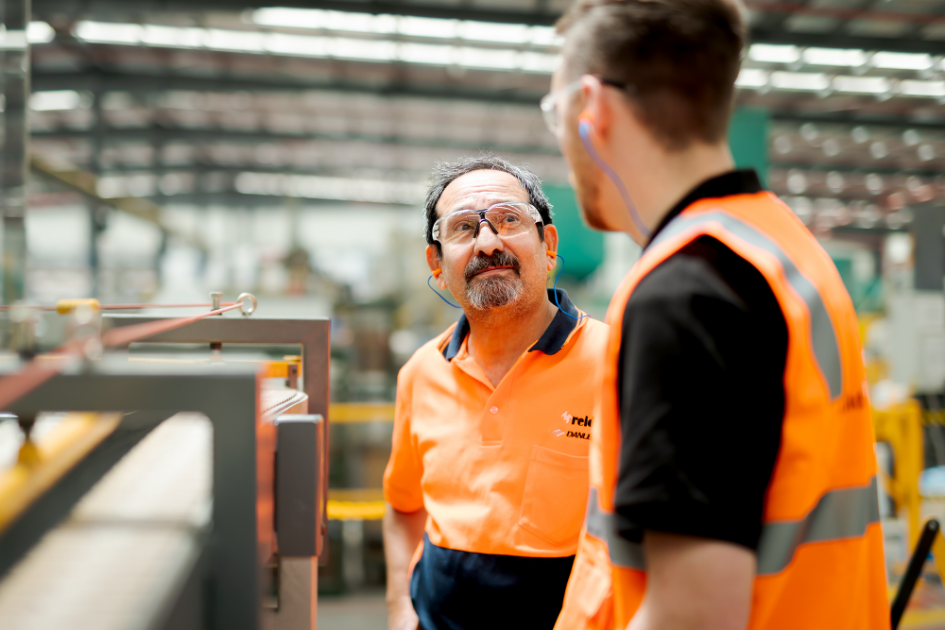In the construction industry, where precision, speed, and safety are paramount, the tools of the trade are as critical as the skills of the workers who wield them. Among these tools, the nail gun stands out as a staple for framing, roofing, and finishing work. Ensuring that nail guns are well-maintained and promptly fixed with nail gun repairs in Sydney is not just about convenience; it is essential for the efficiency and safety of construction projects.
The Importance of Nail Guns in Construction
Nail guns revolutionised the construction industry by significantly increasing productivity and accuracy. Unlike manual hammers, nail guns drive nails with consistent force and speed, reducing the time required to complete tasks. They are indispensable for various construction jobs, including framing walls, installing roofing shingles, and assembling cabinetry.
However, the effectiveness of nail guns is contingent on their condition. A malfunctioning nail gun can lead to delays, compromised structural integrity, and increased risk of injury. Regular maintenance and timely repairs are crucial to ensure that these tools function optimally.
Common Issues with Nail Guns
Nail guns, like any mechanical tool, are prone to wear and tear. Common issues include misfires, jams, air leaks (in pneumatic models), and inconsistent nail depth. These problems can stem from various factors such as debris accumulation, worn-out parts, or improper usage.
- Misfires and Jams: Frequent misfires or nail jams can slow down work and cause frustration. These issues often arise from clogged mechanisms or worn-out driver blades.
- Air Leaks: Pneumatic nail guns rely on compressed air to drive nails. Air leaks can diminish the tool’s power, making it less effective and prolonging the time required to complete tasks.
- Inconsistent Nail Depth: Nails that are not driven to the correct depth can affect the structural integrity of the project. This issue may result from a worn-out piston or damaged O-rings.
The Impact of Neglecting Repairs
Neglecting nail gun repairs can have several adverse effects on construction projects:
- Reduced Efficiency: A malfunctioning nail gun slows down the workflow. Workers may spend more time fixing jams or dealing with misfires, leading to project delays.
- Compromised Safety: Defective nail guns pose significant safety risks. Misfires can cause nails to be ejected at unpredictable angles, potentially injuring workers. Moreover, inconsistent nail depth can lead to unstable structures, increasing the risk of accidents.
- Increased Costs: While it might seem cost-effective to delay repairs, this approach often leads to higher expenses in the long run. Frequent breakdowns necessitate repeated fixes or, worse, complete tool replacements. Additionally, project delays can escalate labour costs and affect profitability.
Best Practices for Nail Gun Maintenance and Repair
To ensure that nail guns operate efficiently and safely, construction workers should adhere to the following best practices:
- Regular Cleaning and Inspection: Regularly clean the nail gun to remove debris and dust that can cause jams. Inspect the tool for signs of wear and replace damaged parts promptly.
- Proper Lubrication: Pneumatic nail guns require regular lubrication to prevent air leaks and ensure smooth operation. Use the manufacturer-recommended oil and follow the specified lubrication schedule.
- Timely Repairs: Address minor issues before they escalate into major problems. Regularly check and replace worn-out components such as O-rings, driver blades, and pistons.
- Training and Proper Usage: Ensure that workers are trained in the correct usage and maintenance of nail guns. Misuse can lead to premature wear and increase the likelihood of accidents.
Summing up, in the realm of construction, the reliability and performance of tools are as critical as the skills of the workers using them. Nail guns, indispensable for their efficiency and precision, must be meticulously maintained and promptly repaired with nail gun repairs in Sydney to ensure they contribute positively to the workflow.

